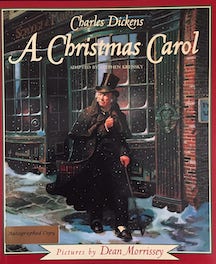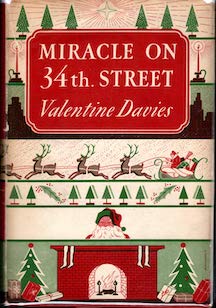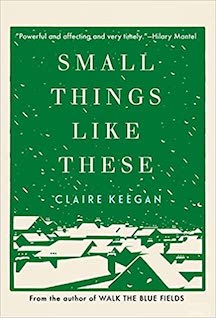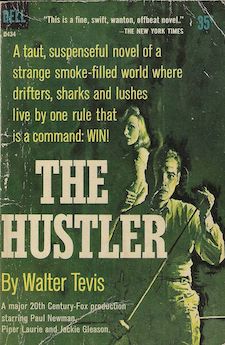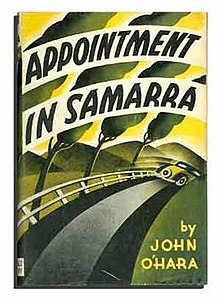Harp
I'll Lock Up
- Messages
- 8,508
- Location
- Chicago, IL US
View attachment 380867
Some Wore Bobby Sox: The Emergence of Teenage Girls' Culture 1920-1945 by Kelly Schrum published in 2004
"Teenage Girl Power" is nothing new according to author Kelly Schrum in Some Wore Bobby Sox as she avers it started in the 1920s with roots going back to the second half of the nineteenth century.
In the mid-to-late 1800s, industrialization led to urbanization which, combined with a general push from many in the public and government to keep children in school into their teen years, started the creation of a "teen" culture. Teens were now spending large amounts of time away from their parents and with other teens.
These inchoate trends gained momentum in the early years of the twentieth century, finally creating a true "teen culture" by the 1920s, three decades earlier than the 1950s when many often claim the teen-culture began.
Aiding and abetting this development was not only America's early-twentieth-century growing economic shift to mass-produced goods, but also its handmaiden national advertising. Everyone being able to buy the same things, hawked the same way, helped create a common culture across disparate parts of the country.
As author Schrum says, by the 1920s, "A teenage girl in a remote part of Northern California shared enough with a Jewish girl on Staten Island and a farm girl in Indiana to demonstrate a distinct teenage culture in the making." This culture itself was a self-reinforcing feedback loop as companies discovered teenage girls and girls discovered mass-marketed products, often showing up in stores with advertisements from teen-oriented magazines in hand.
Many companies were only too happy to expand this market with targeted products and ads. Schrum proffers, though, it was girls, more than boys, who were likely to succumb to peer pressure, thus creating a stronger and more-homogenized female teen culture. In those early years, "teenager" and "teen culture" (the terms themselves were still evolving) often were understood to refer to girls only.
Supporting her theory, Schrum notes some clothing manufacturers and stores created "teen" departments for teenage girls, but only rarely for boys. The same distinction can be seen in the periodical business, which put out several magazines targeting a girl-teen audience, but not a similar effort for teenage boys.
With, as noted, roots going back farther, but beginning to codify in the 1920s, hair styles, cosmetics, jewelry, clothes and personal hygiene products all became part of the teenage culture. Sometimes, the girls reached into the adult market for items and, sometimes, the manufacturers and marketers reached out to the girl-teen market for customers. By the 1940s, the teenage culture and market, while always evolving, was already well defined.
It was a bumpy road the whole way, with parents, educators, government officials, religious organizations and social commentators all weighing in and, often, arguing over each change: bobbed hair - horrors, lipstick - the decline of civilization and so on. But with or without support from the formal institutions, the girls, interacting amongst themselves at school and social events, aggressively pushed the boundaries out over time.
Music and movies were another "bonding" opportunity that helped create the teen culture, while telling companies there is a market in teen-girl products if they'll just look for it. With the coming of the phonograph - the Victrola - records were highly sought after and collected by teens. In the early 1940s, and years before Elvis, Frank Sinatra was a teen idol.
Going back to the silent era, movie stars were also teen idols. Perhaps not surprisingly, the teenagers looked up to and fantasized about the adult stars like Clark Gable and Jean Harlow, but not the popular teen stars like Judy Garland or Mickey Rooney. Those latter stars were more liked by either the younger kids or their parents, who were attracted to the wholesome messages in those stars' family friendly movies. Effectively and quite modern like, teenagers were too cool for the teenage movie stars.
Author Schrum brings many historical facts, references, illustrations and anecdotes to support her premise that girl teen culture began in the 1920s. The writing and approach in Some Wore Bobby Sox is a touch too academic-paper like for a mass-market cultural read, but if you can stay with it through its "dry" parts, it has some sparks here and there, while providing an enlightening look at the origins of girl-teen culture.
A hat tip to @LizzieMaine for this excellent Fedora Lounge recommendation.
I also read Schrum ditto Lizzie, and sated my innate curiosity as to the Boyz rather latent awakening to this
demographic national cultural female force. Excellent review.
